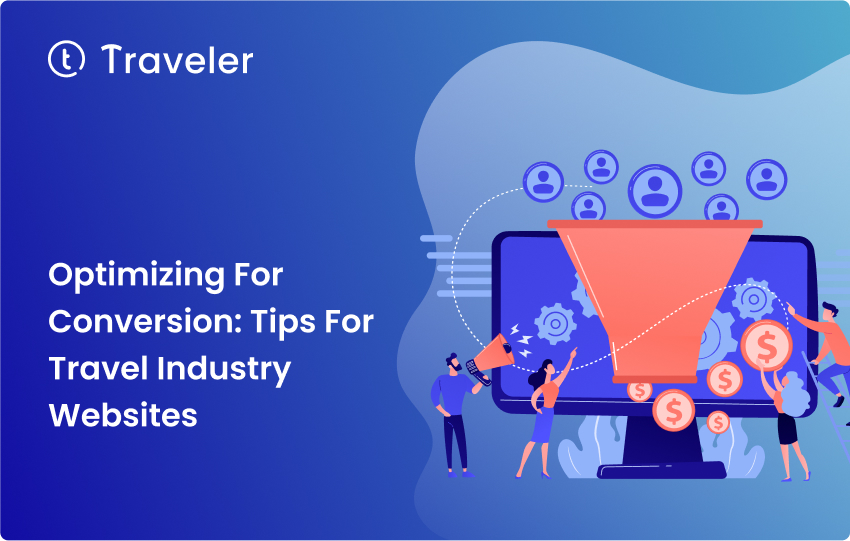
Tired of investing money in your travel website without seeing any return? Let’s turn things around and transform your website into a money-making machine. It’s time to optimize your website for conversions and start reaping the rewards.
Conversion optimization is the key to getting more bookings and making more money in the travel business. With our expert tips and strategies, you can find out how to optimize a website for conversion in the travel business to get the most conversions. By doing these things, you can make sure that your website is ready to help your travel business grow to the next level.
Importance of conversion optimization in the travel industry
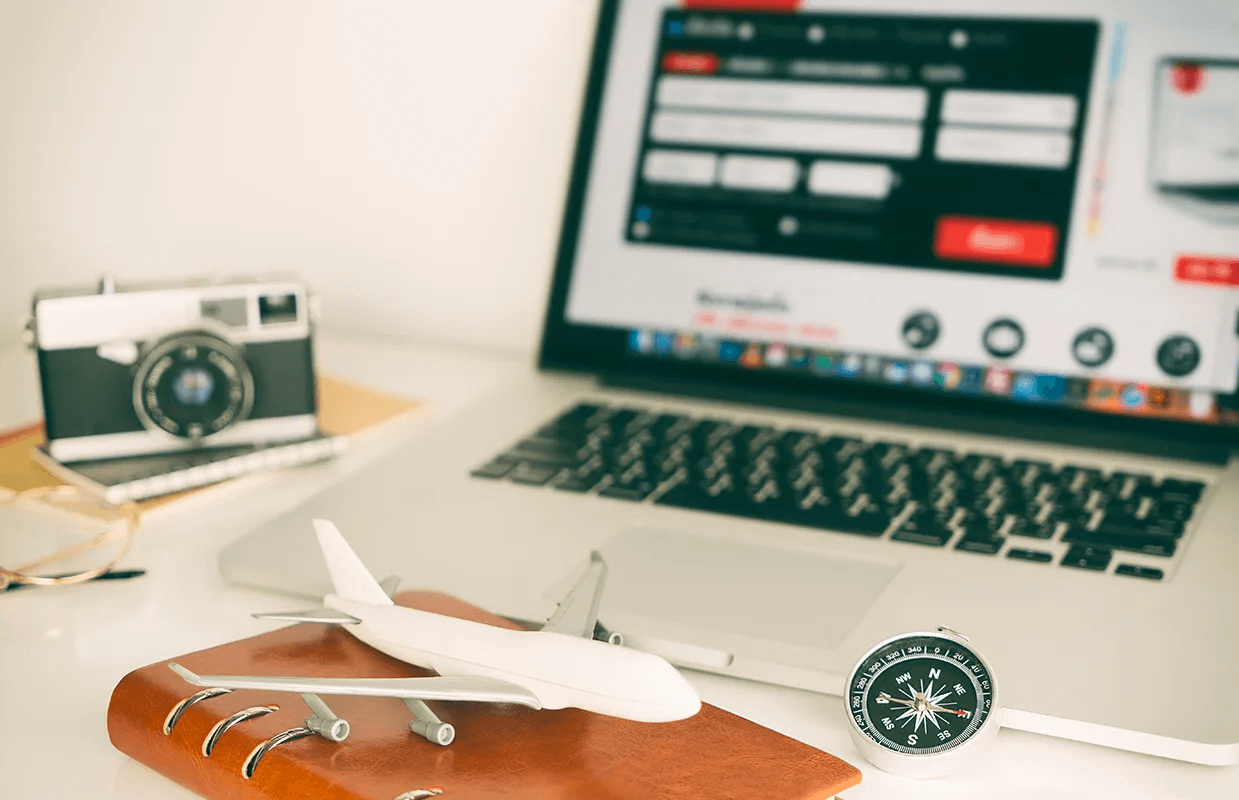
When it comes to the travel business, it’s not enough to just have a website with pretty pictures of faraway places. You want real people to book trips with you. This is where tuning for conversion comes in.
You can turn those dreamy website users into paying customers by making sure your site is set up to convert. And let’s face it, the travel industry is competitive, so if you’re not optimizing for conversion, you’re probably losing potential customers to your rivals.
It might seem hard to optimize a website for sales, but don’t worry! You can break it down into a few easy steps. First, you need to figure out who you’re writing for. Who do you want to talk to? Why are they doing this?
After you know who your customer is, you need to do an audit of your website. This will help you find problems or places where your website could be better. Next, you can start optimizing your website’s style, layout, and content to make it look good, communicate well, and be easy to use.
The last step is to test and measure the findings. Using tracking tools and A/B testing, you can keep track of your conversion rates and make any changes you need to improve how well your website works.
But, well, how do you do all that? Just keep going down to find out.
Optimize your travel website for ideal conversions by targeting your audience
Research the demographics and interests of the target market

Researching the demographics and hobbies of your target market is like trying to find the perfect place to travel: it takes time and effort, but it pays off in the end. Start by digging into the facts to find out about your target audience’s age, gender, income, and level of education. You want to know everything about them, like what they like and don’t like, where they hang out, and what they eat for breakfast. (okay, maybe not the last one).
Understand their needs and motivations for booking a trip
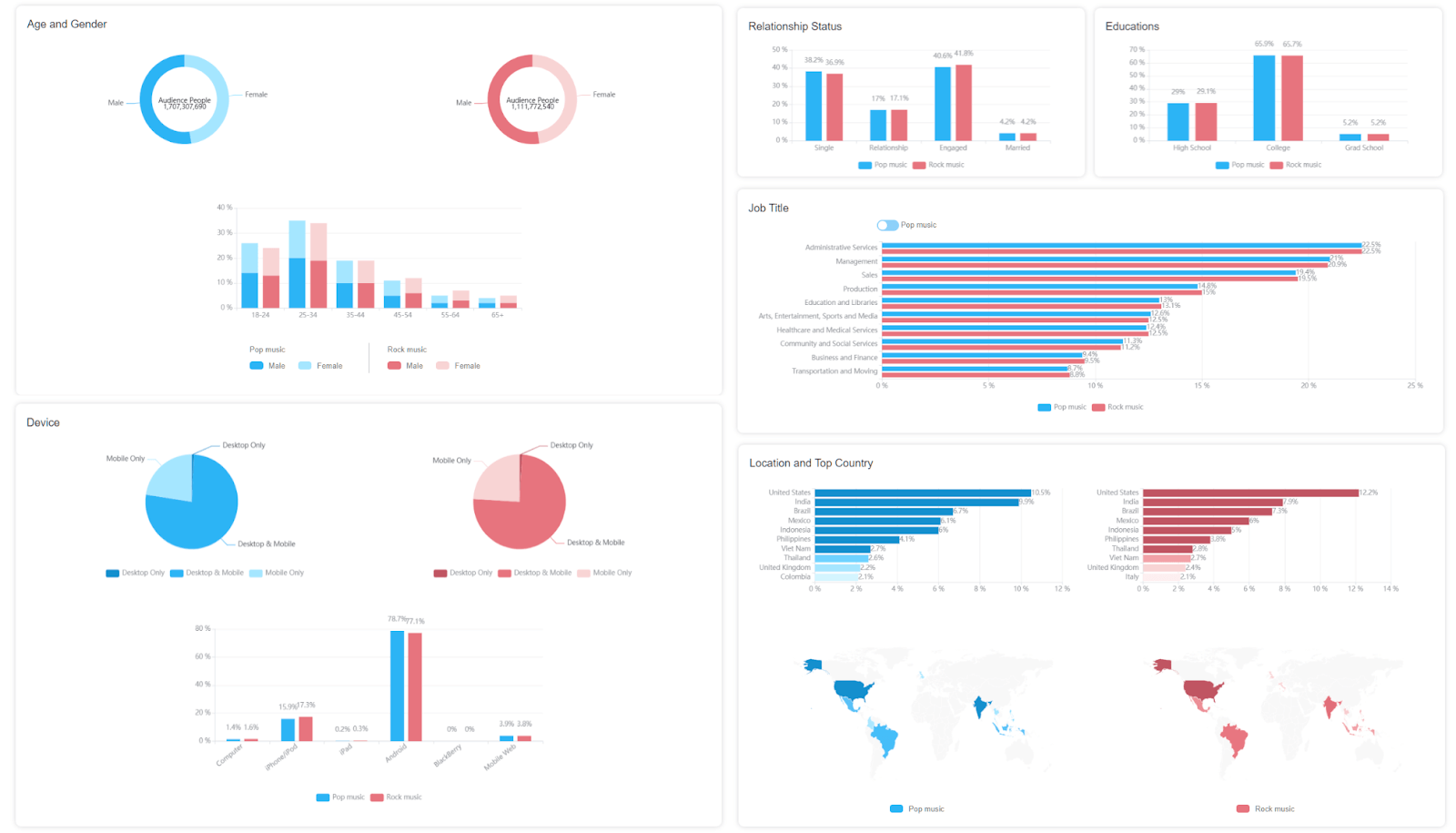
Don’t just look at demographics. You also need to know what they want and why they want to make a trip. Do they want a relaxing beach trip or an exciting mountain adventure? Do they focus on luxury or choices that are easy on the wallet? Are they going by themselves or with other people?
If you know about these things, you can change your website’s style, content, and messages to fit their needs and wants. So put on your spy hat and start finding out what your target market doesn’t want you to know.
Conduct a website audit
Assess the current design and user experience of the website
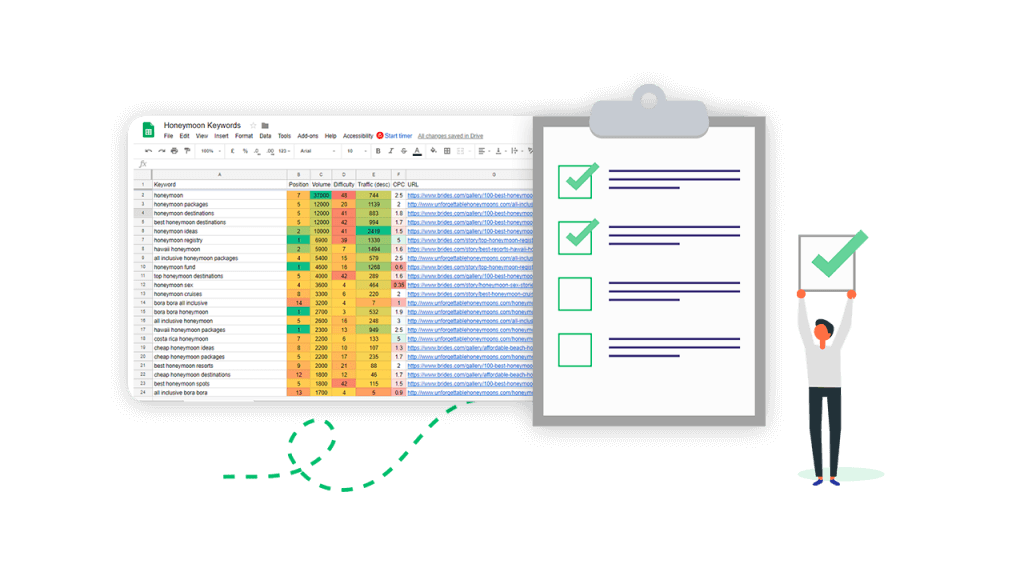
In the travel business, it’s important to optimize a website for conversion by looking at its current design and how it works for users. First, take a step back and look at the website as if you were seeing it for the first time. Does it make you want to book a trip or a flight to a deserted island where you can’t use the internet?
I’d be glad to tell you about some tools you could use to check your tour agency’s website. There are a number of tools out there that can help you find places to improve and make your site work as well as it can. SEMrush, Ahrefs, and Moz Pro are some of the most common options. Each of these tools has its own features and insights, so you should check them all out to find the one that works best for you. With the help of an audit tool, you can make sure that your website works well and gives your users the best experience possible.
Identify any issues or areas for improvement
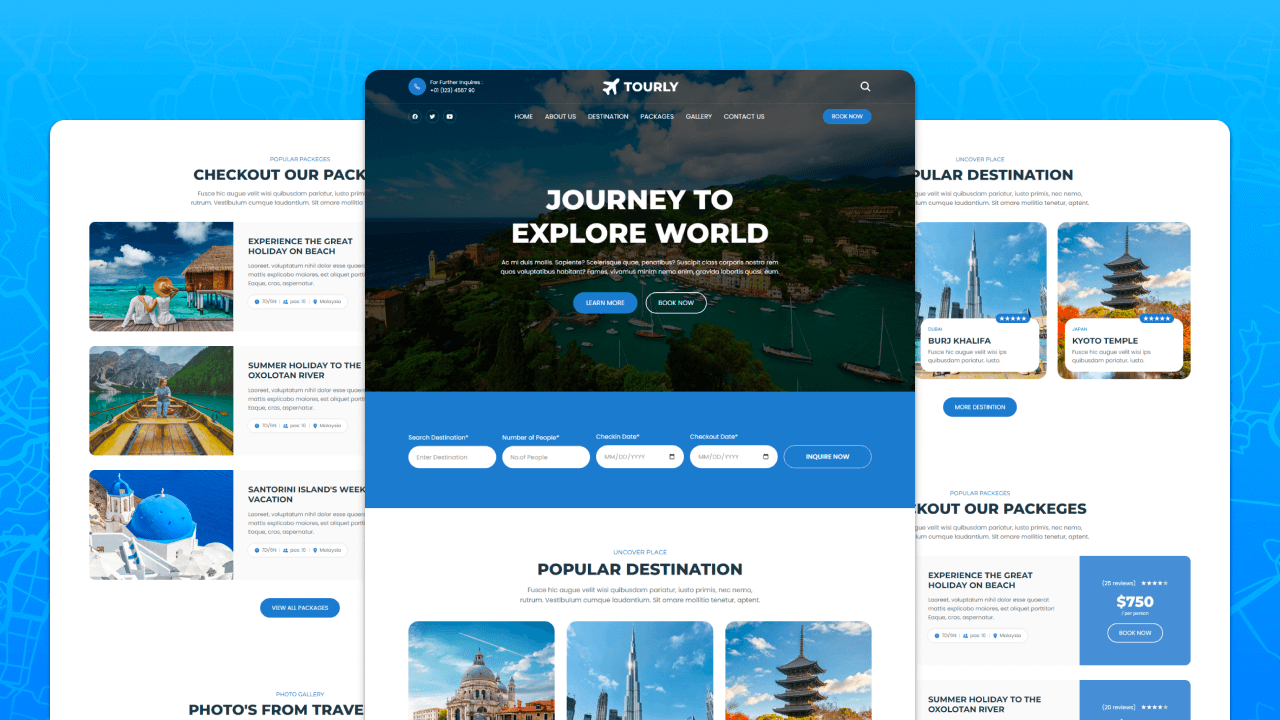
It’s time to figure out what went wrong or where you can improve. Are the colors and pictures interesting and appropriate for the audience? Is it easy to find your way around the site? Are the calls to action clear and convincing, or are they as effective as a “Do Not Disturb” sign on a hotel room door?
To put it simply, your website should be like a 5-star resort: beautiful to look at, easy to use, and full of tempting offers. With that in mind, let’s start looking for any problems that could be hurting the number of people who buy from your website.
Optimize the website's design and layout
Make the website visually appealing and easy to navigate
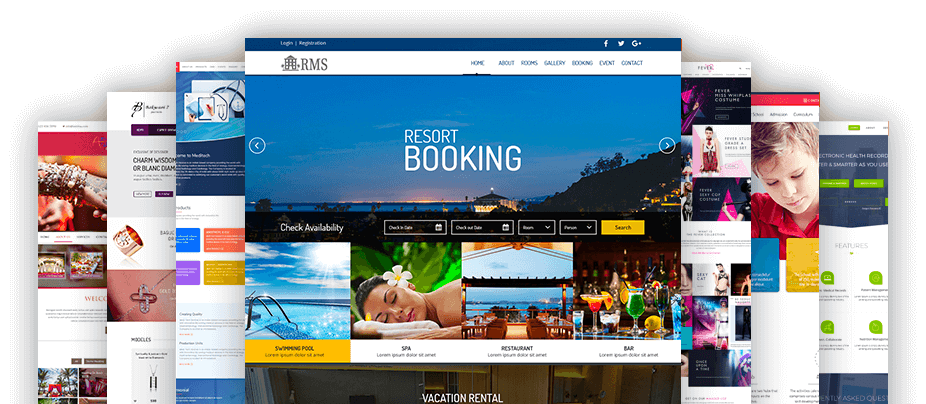
When it comes to designing your travel website, make sure it’s like a trip to Hawaii – beautiful and easy to navigate. Keep it clean, uncluttered, and visually stunning. Avoid flashy graphics that scream “I’m stuck in the 90s!” and choose a design that fits your brand personality. Remember, first impressions matter – don’t give your visitors a reason to hit the back button.
Use color and imagery that resonates with the target audience
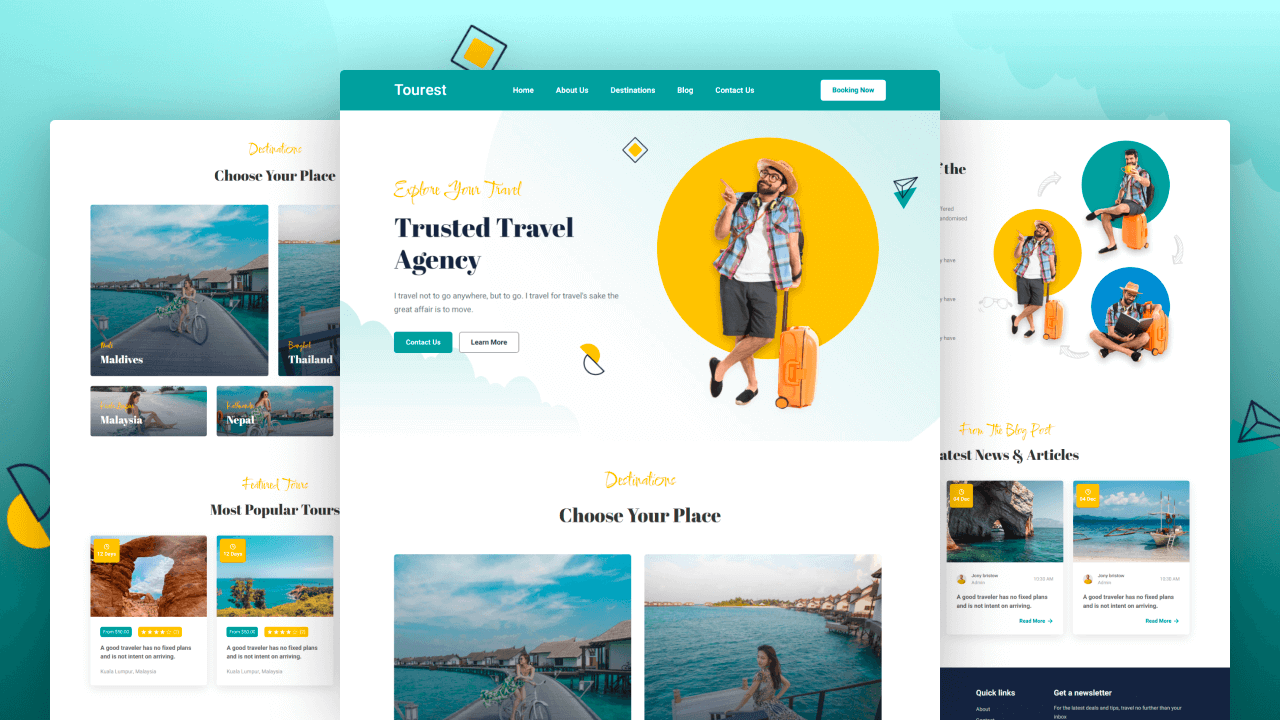
Colors can affect how we feel and act, which is why it’s so important to choose the right color scheme for your website. If you want to reach millennials who like to try new things, bold and bright colors might do the job. On the other hand, softer, more muted colors might be better if you’re trying to reach older people who want a more relaxing trip. A luxury travel agency might choose darker, more sophisticated colors like navy and burgundy to show exclusivity, while a family-oriented agency might use brighter colors like red and yellow to create a fun and friendly atmosphere.
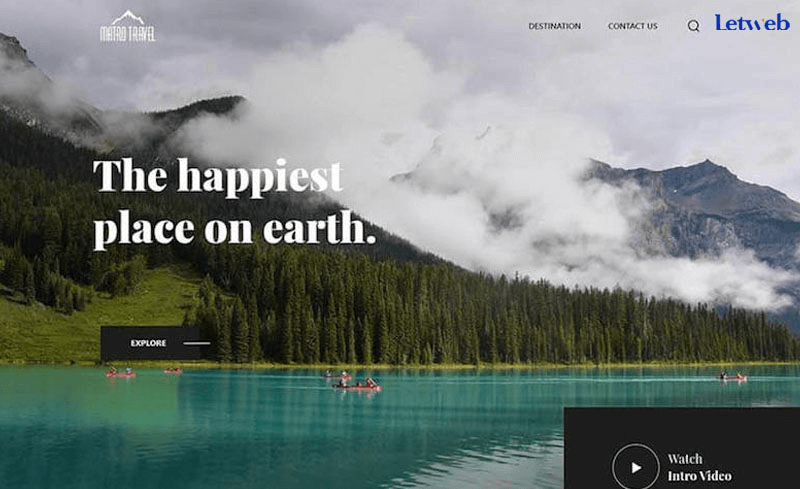
Also, use pictures that show what you have to offer as a traveler and what your guests can expect. You could show beautiful photos of well-known places, stunning landscapes, cultural sites, or activities like hiking, skiing, or scuba diving. To get people to book their next trip, it’s important to use high-quality pictures that show a sense of excitement, relaxation, and discovery. You can also use graphics, illustrations, or videos to show off their unique selling points, such as their knowledge, customer service, or green practices.
Place important information and calls to action in prominent locations
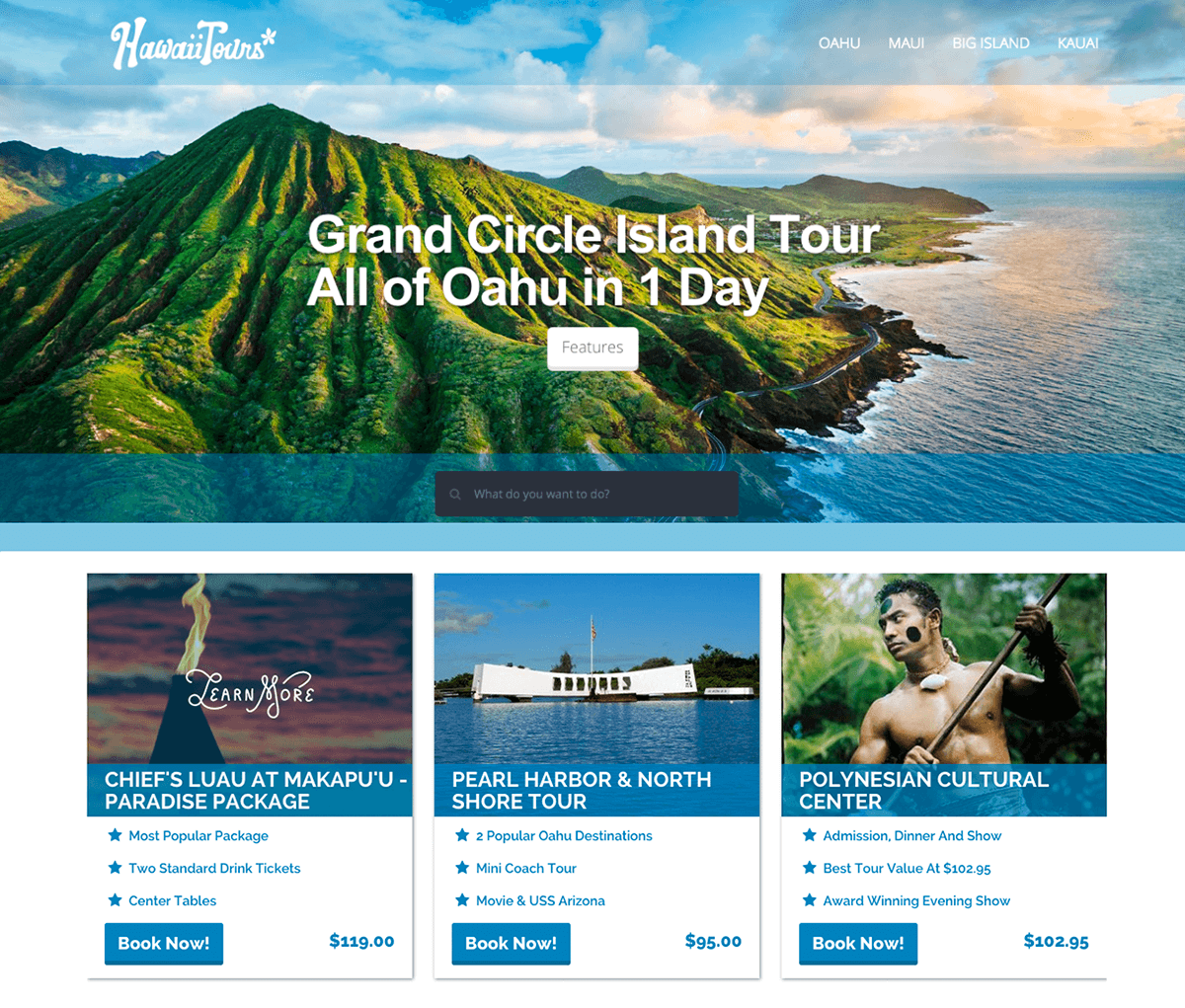
Imagine your travel website as an interactive “choose your own adventure” book. Your visitors should be able to effortlessly navigate your site and find what they need. To optimize website for conversion in travel industry, strategically place important information and prominent calls-to-action on every page. Whether it’s a prominent “Book Now” button or a simple “Contact Us” form, make it clear and easy to find. Use compelling language to encourage visitors to take action and make that dream trip a reality.
Improve the website's content
Use clear and concise language
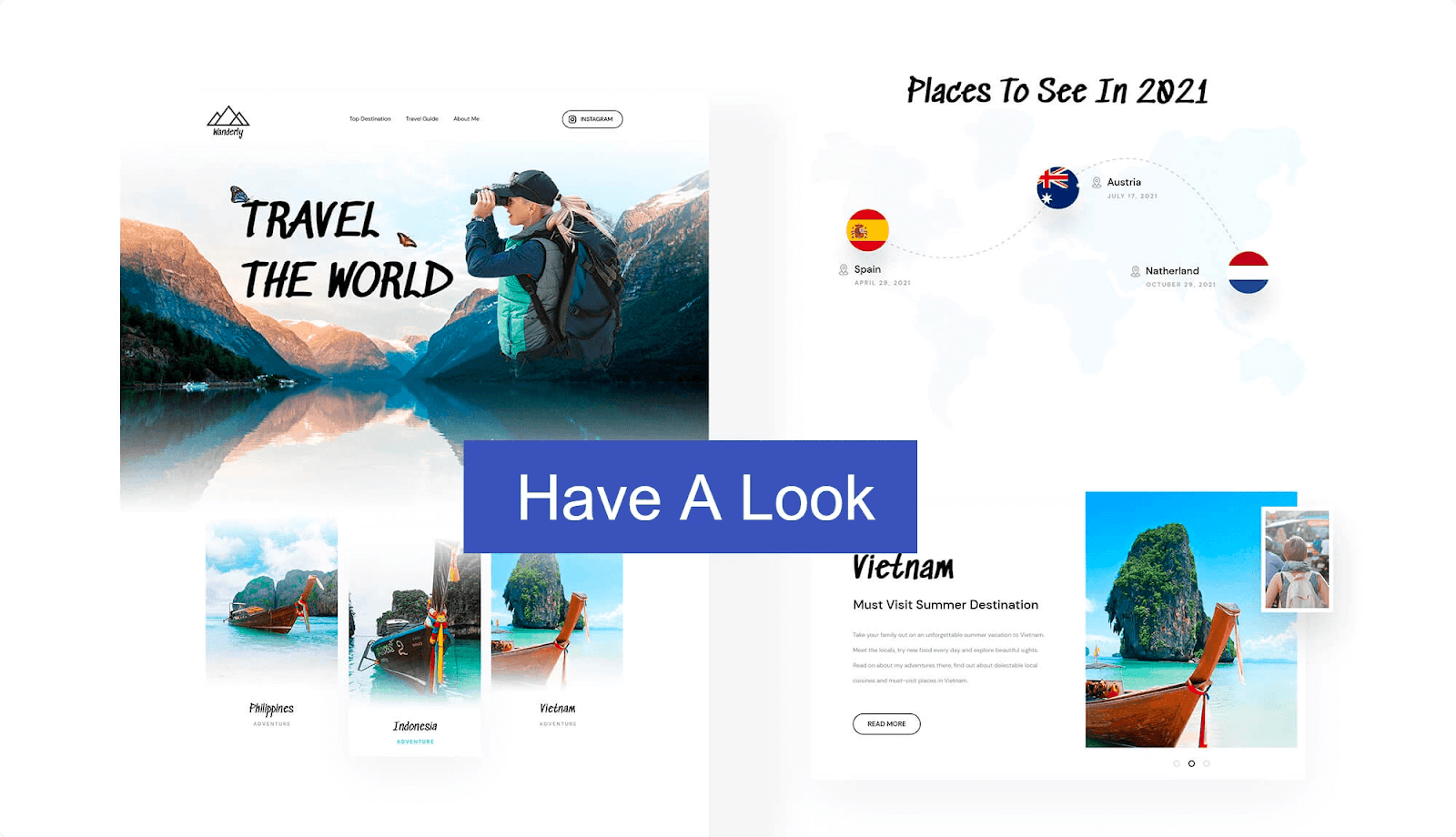
There are a few important things to keep in mind when you want to improve the information on your website. First, you should make sure that you explain the value of your travel goods or services in clear, concise language. Remember that people who visit your website are probably looking for easy-to-understand information, so don’t use too much code or technical language.
Include customer reviews and testimonials
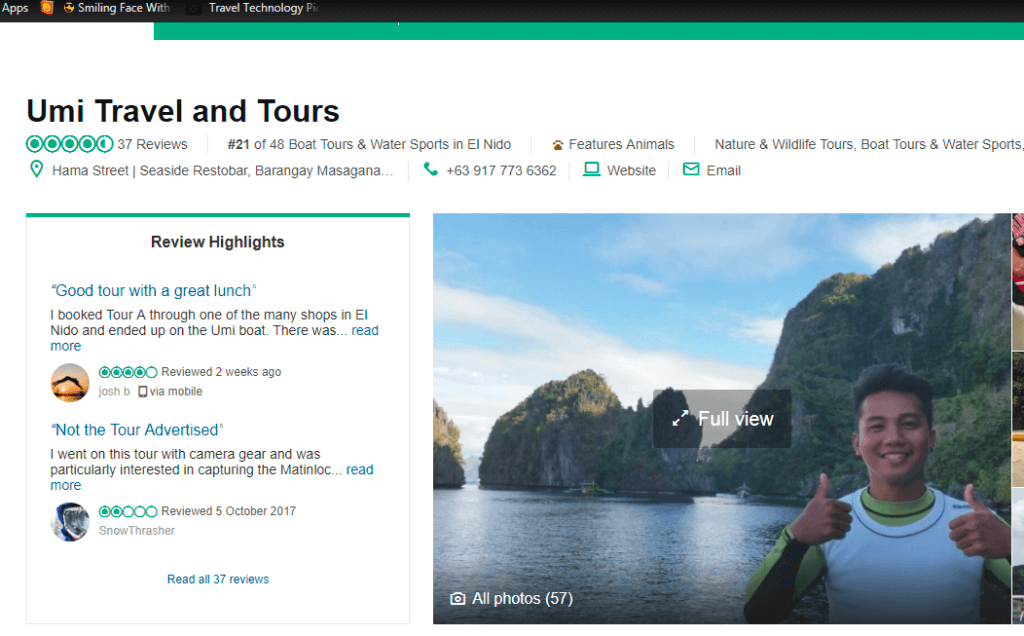
Including customer reviews and comments is another good way to build trust. People are more likely to trust the opinions of travelers who have already used your services, so don’t be afraid to put some positive comments on your site.
Utilize social proof to show the popularity of the travel products or services
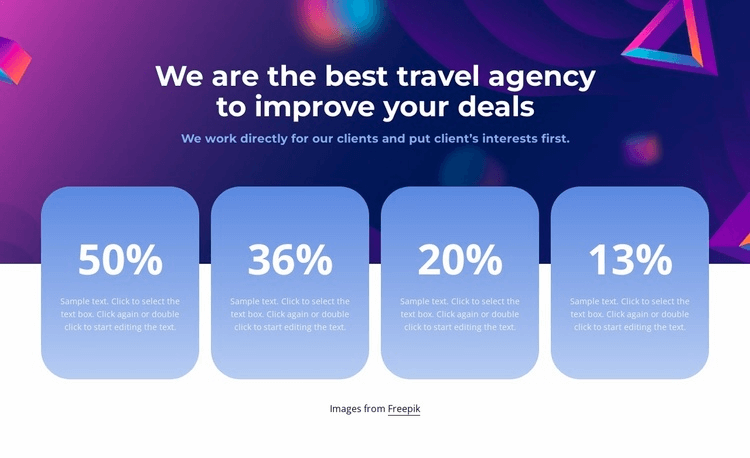
Last but not least, don’t forget to use social proof to show that your travel goods or services are popular. This could mean showing how many bookings you’ve had or pointing out any awards or other honors you’ve gotten in your field. By showing off your credibility and experience, you’ll make it easier for potential customers to feel confident about choosing your business for their next trip.
Utilize targeted marketing and advertising
Use targeted advertising to reach the right audience
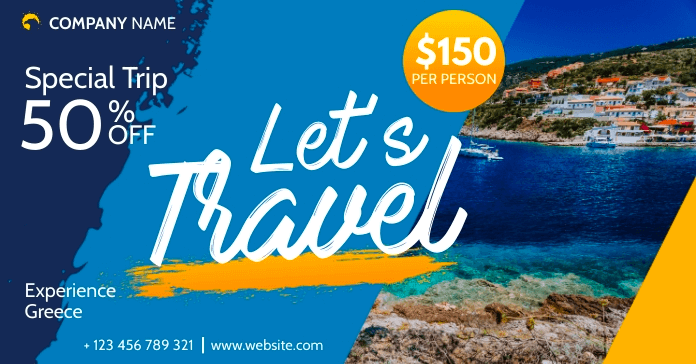
In the world of digital marketing, targeted ads are like Cupid’s arrow. Instead of shooting at random, you can use different tools to target particular groups of people based on their interests, location, age, and other demographics. By doing this, you can make it more likely that website users will become paying customers. However, make sure you don’t go crazy and make your ads look like a stalker!
Use retargeting to bring back visitors
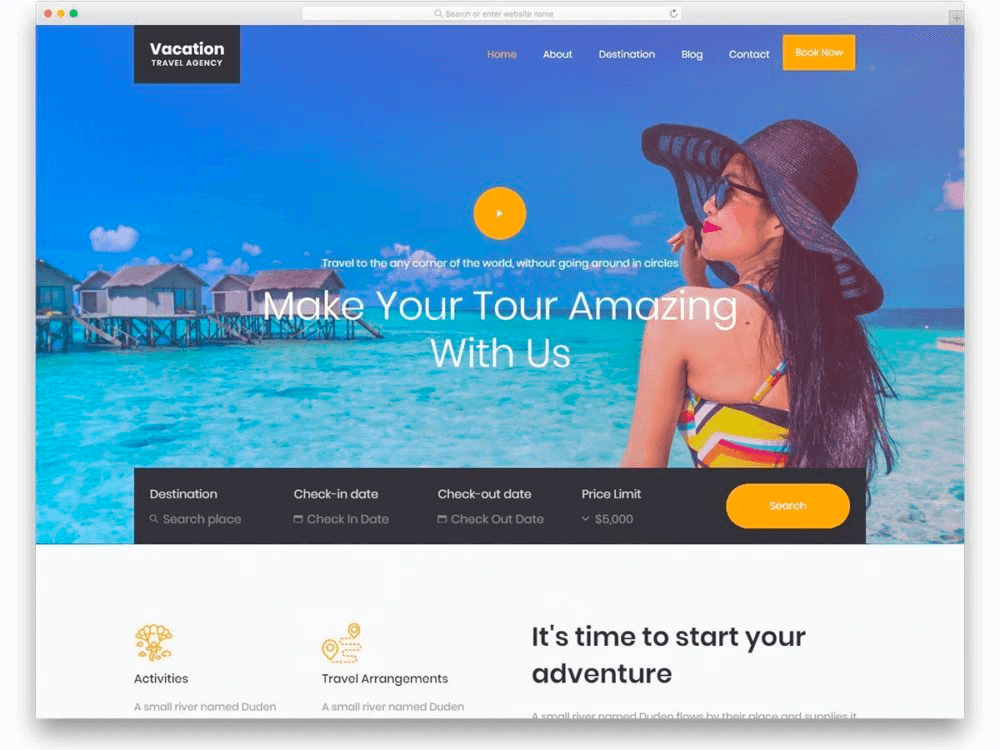
On the other hand, retargeting is like trying to win back a lost love with a romantic move. When someone views your website but doesn’t book, you can use retargeting ads to show them what they’re missing out on. These ads will follow them around the web, showing them tempting offers and reasons to come back and finish their booking. Just make sure you don’t seem too desperate, or they might run the other way!
Test and measure the results
Use A/B testing
Put on your data scientist hat and get ready for some testing! A/B testing is a great way to try out different designs and parts of your website’s material to see what works best. Want to know if a green button is more likely to be clicked on than a blue one? Try it, and let the results speak for themselves!
Use analytics tools to track conversion rates
Don’t stop at A/B testing, though. Use tracking tools to keep an eye on conversion rates and learn more about how people use your website. Are people dropping out of the booking process at a certain point? It might be time to change how that step works. Do people stay on a certain page for a long time? Find out why, and make sure that you’re giving them what they want.
Optimization is an ongoing process, so keep trying and measuring to make sure your website is always getting better and getting the most conversions.
Conclusion
Congratulations, my dear fan of the travel business! You’ve reached the end of our trip through conversion improvement. To sum up, we’ve covered a lot of ground, from studying your target audience and auditing your website to optimizing design, content, and marketing efforts.
The work doesn’t stop there, though. You know that Rome wasn’t built in a day, and a good website doesn’t either. It’s a process of trying, measuring, and getting better all the time. So, keep at it! With these steps in mind, you’re well on your way to becoming a conversion optimization expert in the travel business. Have a good trip and even better conversions!
